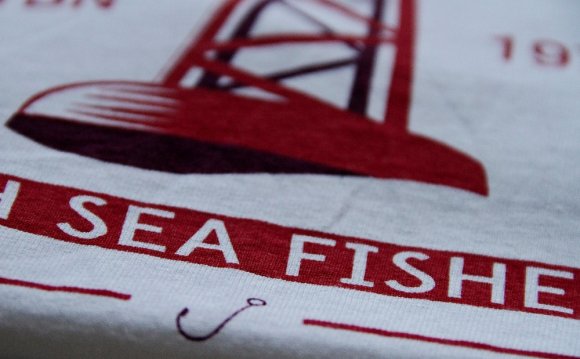
| International Convention for regulating the police of the North Sea fisheries outside territorial waters | |
|---|---|
| Location | |
| Exchange of ratifications | |
| Belgium, Denmark, France, Germany, Netherlands, United Kingdom, | |
| Depositary | Netherlands government |
The North Sea Fishers Convention, officially known as the International Convention for regulating the police of the North Sea fisheries outside territorial waters, was a treaty that was signed on May 6, 1882. The inaugural conference was intended to provide a set of regulations for North Sea fisheries. The High Contracting Parties, which included United Kingdom, Germany, Denmark, Netherlands, Belgium and France, entered the convention for a period of five years.
The convention, which operated only outside the three-mile limit from land, was defined as follows:
- The fishermen of each country shall enjoy the exclusive right of fishery within the distance of 3 miles (5.56 km) from low-water mark along the whole extent of the coasts of their respective countries, as well as of the dependent islands and banks.
- As regards bays, the distance of 3 miles (5.56 km) shall be measured from a straight line drawn across the bay, in the part nearest the entrance, at the first point where the width does not exceed 50 miles (92.7 km).
- The present article shall not in any way prejudice the freedom of navigation and anchorage in territorial waters accorded to fishing boats, provided they conform to the special police regulations enacted by the powers to whom the shore belongs.
A supplementary convention was signed at The Hague on November 16, 1887 among the same High Contracting Parties, relating to the liquor traffic in the North Sea. It applies to the area set out in article 4 of the Convention of IV May 6, 1882, and forbids the sale of spirituous liquors within it to persons on board fishing vessels. A reciprocal right of visit and search is granted under this convention to the cruisers entrusted with carrying out of its provisions.
References[edit]
This article incorporates text from a publication now in the public domain: Chisholm, Hugh, ed. (1911). (11th ed.). Cambridge University Press.
RELATED VIDEO












